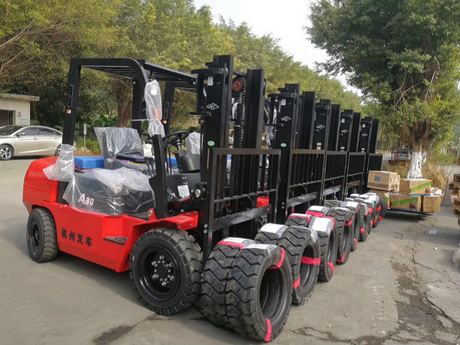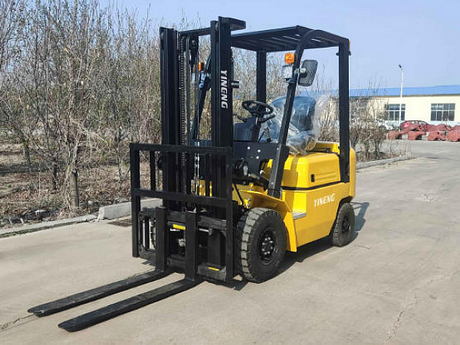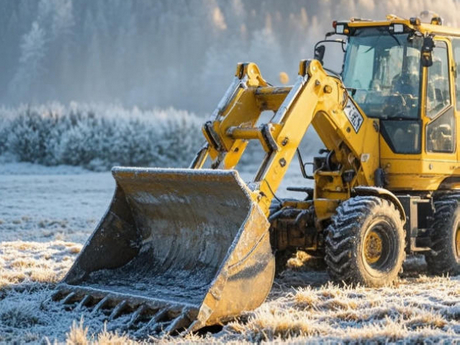|
With the widespread application of
forklifts in industries such as logistics, construction, and manufacturing,
extending equipment lifespan and reducing operational failure rates have become
key focuses for the industry. Recently, the industry has conducted an in-depth
analysis of the operational characteristics of forklifts at different usage
stages and under seasonal conditions, providing users with systematic
maintenance guidelines.
During the initial usage stage, the forklift is in its break-in period, and mechanical components have not yet fully settled in. Faults during this stage are closely related to manufacturing quality, maintenance standards, and operational maintenance levels. If production and assembly precision are high, and users strictly adhere to maintenance guidelines, the early fault rate is relatively low; otherwise, issues such as loose bolts or joints, hydraulic system oil leaks, or metal shavings and sand particles blocking oil passages may arise, which can severely impact the equipment's operational capability. Once the forklift enters the normal usage phase, its overall performance stabilizes. During this phase, as long as regular maintenance is performed and the equipment is operated properly, the failure rate typically remains low, with a smooth curve. However, if maintenance is neglected or the equipment is operated under prolonged overload conditions, occasional failures may still occur. As the forklift approaches its major overhaul period, wear and aging of components become increasingly prominent. Typical manifestations of this stage include a significant increase in the failure rate and a broader scope of issues, such as oil line blockages and leaks, frequent component damage, and overall deterioration of the equipment's technical condition. At this point, users should strengthen daily inspections and arrange major overhauls based on actual conditions to avoid production disruptions caused by equipment downtime. In addition to differences in usage stages, seasonal factors also significantly impact forklift operations. In winter's low-temperature environments, internal combustion forklifts may experience difficulty starting or engine stalling due to poor fuel atomization or fuel solidification; reduced lubricant flowability exacerbates component wear. Electric forklifts often suffer from battery leakage, leading to insufficient power, manifested as poor starting performance, reduced braking efficiency, and abnormal hydraulic system operation. In summer's high-temperature conditions, engines and hydraulic systems are more prone to overheating, and batteries may experience electrolyte depletion due to rapid water evaporation. If not maintained promptly, this can also increase the risk of malfunctions.
Industry experts point out that
comprehensively understanding the operational patterns of forklifts across
different stages and seasons not only helps enterprises reasonably schedule
maintenance plans and reduce operational costs but also enhances equipment
availability while ensuring operational safety.
|





























